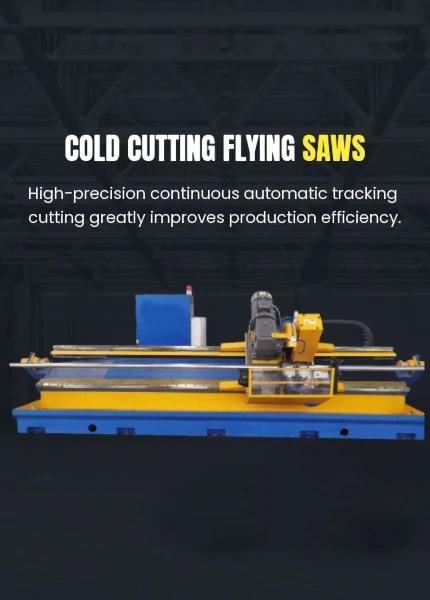hydraulic wheel straightener
The Hydraulic Wheel Straightener Revolutionizing Wheel Restoration
In the automotive and manufacturing industries, wheel integrity is paramount for both safety and performance. Wheels are subjected to significant stresses during operation, leading to potential deformities such as bent rims or uneven surfaces. These issues not only compromise vehicle safety but can also lead to poor handling and decreased fuel efficiency. To address these challenges, the hydraulic wheel straightener has emerged as a pivotal tool in wheel restoration processes.
Understanding Wheel Deformation
Wheels can become deformed due to various factors, including hitting potholes, curb impacts, or general wear and tear over time. Deformations manifest as bends, cracks, or warps, which can cause vibrations during driving, misalignment, and even tire blowouts. The severity of these issues necessitates prompt action, and the traditional methods of repairing wheels often prove to be cumbersome and ineffective.
The Role of Hydraulic Wheel Straighteners
The hydraulic wheel straightener is specifically designed to rectify bent wheels with precision. This innovative tool employs hydraulic pressure to gently reshape the wheel back to its original form. The process involves placing the damaged wheel into a specially designed frame where hydraulic arms apply controlled force at strategic points around the rim. This approach ensures that the wheel is straightened accurately, minimizing the risk of further damage.
One of the key advantages of hydraulic wheel straighteners is their ability to handle various wheel types, including aluminum, steel, and specialty wheels. Different wheels require different handling techniques, and hydraulic systems offer the versatility needed to accommodate these variations.
The Benefits of Using a Hydraulic Wheel Straightener
1. Precision and Efficiency Hydraulic systems provide a level of precision that is difficult to achieve with manual tools. The controlled environment allows technicians to make incremental adjustments, ensuring that the wheel is restored to its exact specifications.
hydraulic wheel straightener

2. Reduced Repair Time Compared to traditional methods, hydraulic wheel straighteners significantly cut down the time needed for repairs. Instead of labor-intensive manual reshaping, the hydraulic system can handle the majority of the work, allowing technicians to focus on multiple wheels simultaneously.
3. Cost-Effectiveness Investing in a hydraulic wheel straightener can lead to substantial cost savings in the long run. By restoring wheels instead of replacing them, businesses can minimize inventory costs and provide customers with affordable repair options.
4. Enhanced Safety Straightening wheels not only improves their appearance but also restores their structural integrity. A properly straightened wheel ensures optimal contact with the road, reducing the risk of accidents caused by wheel failure or misalignment.
5. Eco-Friendly Repairing a wheel rather than replacing it contributes to environmental sustainability. It reduces waste and the demand for new materials, aligning with the increasing push towards greener automotive practices.
The Future of Wheel Restoration
As technology continues to advance, so too will the capabilities of hydraulic wheel straighteners. Future models may incorporate automated features, allowing for even greater precision and consistency. Additionally, integrating digital diagnostics can help technicians identify specific issues more efficiently, enhancing the overall repair process.
In conjunction with advances in materials science, the automotive industry is likely to see changes in the types of wheels manufactured, potentially leading to the development of more resilient options designed to withstand impact. As these innovations unfold, the importance of hydraulic wheel straighteners will remain crucial in maintaining wheel integrity across various applications.
Conclusion
In summary, the hydraulic wheel straightener stands as a transformative tool within the wheel repair industry. Its ability to provide precise, efficient, and cost-effective solutions to wheel deformation issues cannot be overstated. As vehicles continue to evolve and road conditions pose new challenges, the continued adoption and refinement of hydraulic wheel straightening technology will play a vital role in ensuring safety, performance, and sustainability in transportation. Whether in automotive repair shops or manufacturing facilities, the hydraulic wheel straightener is set to remain an indispensable asset for years to come.
-
High Frequency Straight Seam Welded Pipe Production Line-BzZhou Xinghua Machinery Equipment Manufacturing Co., LTD.|Precision Welding, High EfficiencyNewsJul.30,2025
-
High Frequency Straight Seam Welded Pipe Production Line|BzZhou Xinghua|Precision Welding&EfficiencyNewsJul.30,2025
-
High Frequency Straight Seam Welded Pipe Production Line - BzZhou Xinghua|Precision Engineering&EfficiencyNewsJul.30,2025
-
High-Frequency Straight Seam Welded Pipe Production Line-BzZhou Xinghua Machinery Equipment Manufacturing Co., LTD.NewsJul.30,2025
-
High-Frequency Straight Seam Welded Pipe Production Line-BzZhou Xinghua Machinery Equipment Manufacturing Co., LTD.|Precision Manufacturing, High EfficiencyNewsJul.30,2025
-
High Frequency Straight Seam Welded Pipe Production Line-BzZhou Xinghua Machinery Equipment Manufacturing Co., LTD.|Precision Steel Pipe Manufacturing&Industrial EfficiencyNewsJul.29,2025


